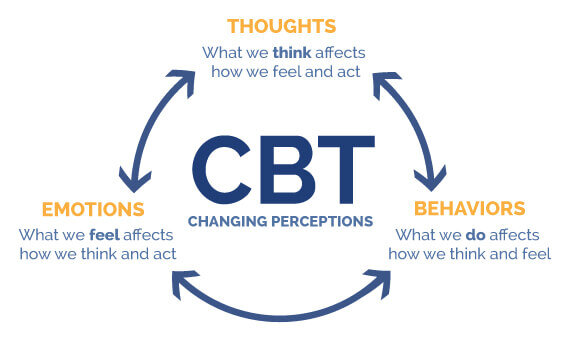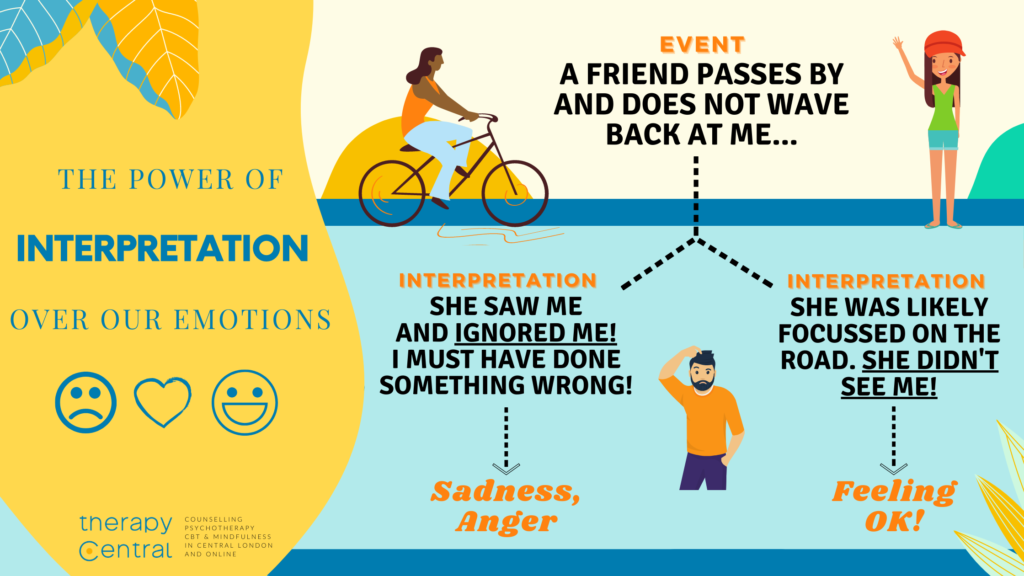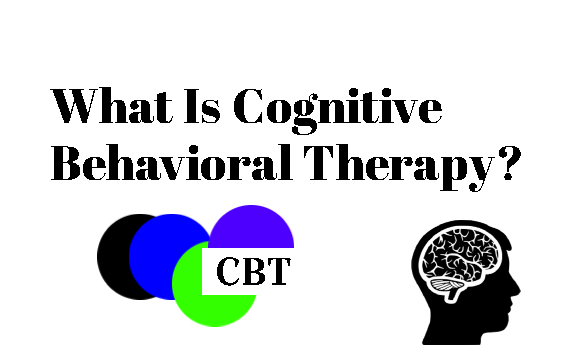Cognitive Behavioral Therapy (CBT) is one of the most widely used and effective forms of psychotherapy. It helps people identify and change negative thought patterns that influence their emotions and behaviors. Whether you’re dealing with anxiety, depression, stress, or everyday challenges, CBT provides practical strategies to improve your mental well-being.
But what exactly is CBT, and how does it work? Let’s break it down in simple terms.
How Does CBT Work?

CBT is based on the idea that our thoughts, feelings, and behaviors are connected. Negative thinking patterns can lead to harmful emotions and behaviors, but by changing the way we think, we can change the way we feel and act.
For example, imagine you make a mistake at work. If your first thought is, “I’m terrible at my job,” you might feel anxious or discouraged. That feeling could lead you to avoid tasks or make more mistakes. CBT helps you challenge that negative thought and replace it with something more balanced, like, “Everyone makes mistakes, and I can learn from this.”
Key Principles of CBT
CBT follows a structured, goal-oriented approach. Here are some core principles:
- Identifying Negative Thoughts – The first step is recognizing unhelpful thoughts that contribute to stress or emotional distress.
- Challenging and Replacing Those Thoughts – CBT teaches you to question negative thoughts and replace them with more realistic, positive ones.
- Changing Behaviors – By shifting the way you think, you can change behaviors that may be reinforcing negative feelings.
- Practicing New Skills – CBT involves practical exercises, like journaling, exposure therapy, or relaxation techniques, to build healthier thought patterns.
What Conditions Can CBT Help With?
CBT is used to treat a variety of mental health conditions, including:
- Anxiety disorders (generalized anxiety, panic attacks, phobias)
- Depression
- Post-traumatic stress disorder (PTSD)
- Obsessive-compulsive disorder (OCD)
- Stress management
- Sleep disorders
- Eating disorders
- Addiction
It’s also helpful for anyone who wants to develop better coping strategies and improve their overall mental resilience.
What to Expect in a CBT Session

CBT is typically short-term, lasting anywhere from a few weeks to several months. Sessions are structured, focusing on identifying problems and working through solutions.
During a session, a therapist may:
- Help you recognize negative thought patterns.
- Guide you in challenging and reframing those thoughts.
- Teach coping techniques, like breathing exercises or mindfulness.
- Assign “homework,” such as keeping a thought journal or practicing exposure exercises.
Unlike some other forms of therapy that focus on past experiences, CBT is mostly present-focused. It’s about finding practical ways to manage current challenges.
Can You Practice CBT on Your Own?
Yes! While working with a therapist is beneficial, many CBT techniques can be practiced independently. Some self-help strategies include:
- Journaling – Write down negative thoughts and challenge them with more balanced perspectives.
- Mindfulness and Relaxation – Techniques like deep breathing, meditation, or progressive muscle relaxation can help manage stress.
- Cognitive Restructuring – When a negative thought arises, ask yourself, “Is this thought based on facts, or is it just an assumption?”
- Behavioral Activation – Engage in activities that boost your mood, like exercise, socializing, or hobbies.
Cognitive Behavioral Therapy is a powerful tool for improving mental health. By changing unhelpful thought patterns, you can gain better control over your emotions and behaviors. Whether you’re working with a therapist or practicing CBT techniques on your own, these strategies can lead to lasting positive changes.
If you’re struggling with anxiety, stress, or negative thoughts, CBT might be a helpful approach to explore. It’s all about small, intentional changes that can make a big difference in how you feel every day.












1 thought on “What Is Cognitive Behavioral Therapy?”